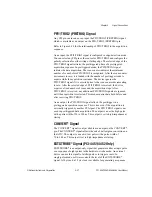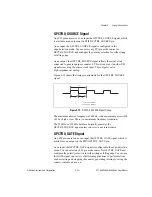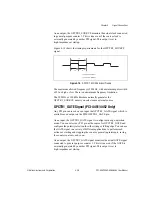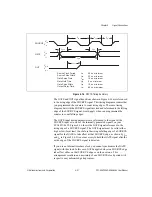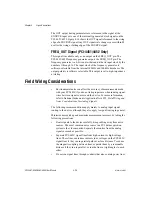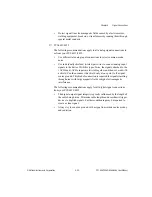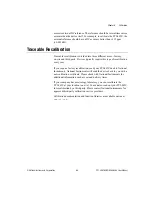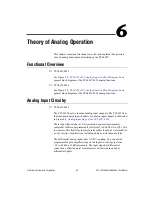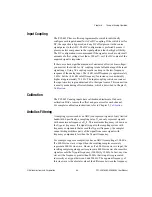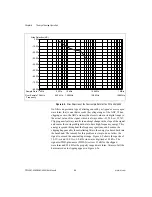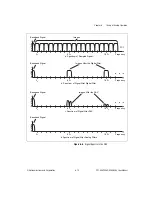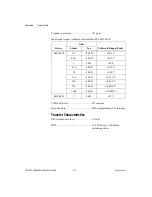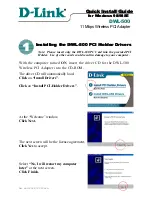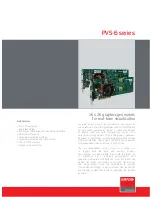
Chapter 6
Theory of Analog Operation
©
National Instruments Corporation
6-3
PCI-4451/4452/4453/4454 User Manual
Input Coupling
The PCI-445X has a software programmable switch to individually
configure each input channel for AC or DC coupling. If the switch is set for
DC, the capacitor is bypassed, and any DC offset present in the source
signal passes to the ADC. The DC configuration is preferred because it
places one less component in the signal path and thus has higher fidelity.
The DC configuration is recommended if the signal source has only small
amounts of offset voltage (less than ±100 mV), or if the DC content of the
acquired signal is important.
If the source has a significant amount of unwanted offset (or bias voltage),
you must set the switch for AC coupling to take full advantage of the input
signal range. Using AC coupling results in a drop in the low-frequency
response of the analog input. The
−
3 dB cutoff frequency is approximately
3.4 Hz, but the
−
0.01 dB cutoff frequency, for instance, is considerably
higher at approximately 70.5 Hz. The input coupling switch can connect
the input circuitry to ground instead of to the signal source. This connection
is usually made during offset calibration, which is described in Chapter 5,
Calibration
The PCI-445X analog inputs have calibration adjustments. Onboard
calibration DACs remove the offset and gain errors for each channel.
For complete calibration instructions, refer to Chapter 5,
Antialias Filtering
A sampling system (such as an ADC) can represent signals of only limited
bandwidth. Specifically, a sampling rate of f
s
can only represent signals
with a maximum frequency of f
s
/2. This maximum frequency is known as
the Nyquist frequency. If a signal is input to the sampling system with
frequency components that exceed the Nyquist frequency, the sampler
cannot distinguish these parts of the signal from some signals with
frequency components less than the Nyquist frequency.
For example, suppose a sampler (such as an ADC) is sampling at 1,000 S/s.
If a 400 Hz sine wave is input, then the resulting samples accurately
represent a 400 Hz sine wave. However, if a 600 Hz sine wave is input, the
resulting samples again appear to represent a 400 Hz sine wave because this
signal exceeds the Nyquist frequency (500 Hz) by 100 Hz. In fact, any sine
wave with a frequency greater than 500 Hz that is input is represented
incorrectly as a signal between 0 and 500 Hz. The apparent frequency of
this sine wave is the absolute value of the difference between the frequency

